6 Things To Know About Cisco HyperFlex's Multi-Cloud, Container Push
Cisco unveils major updates to its HyperFlex hyper-converged infrastructure platform as it looks to capitalize on the momentum the product has gained in the market. Here are six key things partners should know.
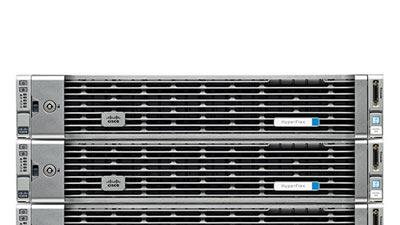
Capitalizing On The Momentum
Cisco Systems Thursday rolled out the most significant slew of updates to its HyperFlex hyper-converged infrastructure platform, positioning the system for the multi-cloud world, tightening integration with key software solutions and adding support for containers.
One of the key additions is support for Microsoft's Hyper-V hypervisor, which joins VMware's ESXi hypervisor in the HyperFlex stable. The HyperFlex strategy allows customers to run any application in any cloud and scale quickly and easily, now up to 64 nodes.
The enhancements also are a way for Cisco to capitalize on the momentum HyperFlex has gained in the market. HyperFlex had more than 2,000 customers as of last November, and Cisco expects to report a "significant bump" to that number when it discusses earnings next month, according to Todd Brannon, Cisco director of product marketing.
Scott Mohr, Cisco director of the data center cloud global partner organization, said HyperFlex is now poised for explosive growth, and the company has structured incentive programs around it that can provide partners with payouts reaching into the high-20 percent range.
Here are six key things partners should know about the latest version of HyperFlex.

Multi-Cloud World
Cisco said it is accelerating into the multi-cloud world by integrating new services into the HyperFlex system, including AppDynamics for performance monitoring across multiple clouds; application placement with Cisco Workload Optimization Manager; and cloud mobility with CloudCenter for HyperFlex, which was introduced last year. CloudCenter also allows private cloud self-service Infrastructure-as-a-Service capabilities to developers and administrators.
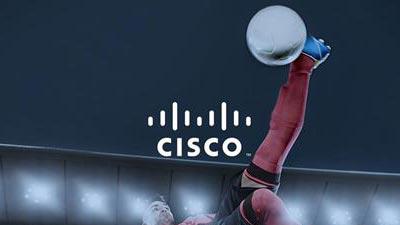
Competitive Posture
Cisco executives said the HyperFlex update one-ups hyper-convergence power players like Dell EMC and Nutanix, but the addition of support for Microsoft's Hyper-V hypervisor means the Microsoft hypervisor will be alongside VMware's ESXi hypervisor and customers will be given a choice between the two.
"Over the last year, we've communicated the performance advantage we have over Dell's technology, Nutanix's technology," Brannon said. "We have the best performance of any hyper-converged platform in the industry today, and that's what's driving a lot of the momentum."
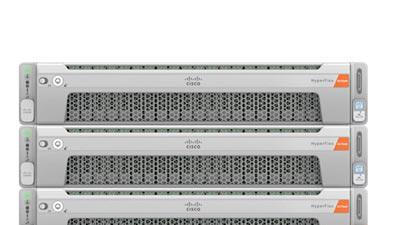
Growth Trajectory
Speaking of momentum, HyperFlex has seen significant traction in what has become a red-hot market. So far, HyperFlex has found its way into more than 2,000 customers, and Brannon said he expects that number to jump significantly. That growth is coming as HyperFlex gains traction in the enterprise, Brannon said.
"We're seeing a lot more uptake in the enterprise as we can power more of those enterprise-critical and heavier workloads. We've got folks running SAP landscapes; MS database in SQL, Oracle. We've even got a few folks running HANA in test-dev on top of HyperFlex," he said.
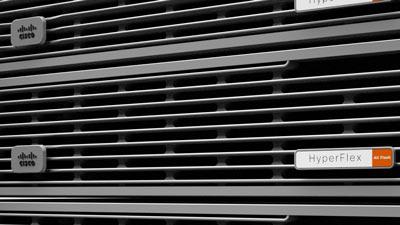
Partner Benefits
Cisco is hoping to accelerate HyperFlex's momentum by piling on incentives for partners through its Value Incneitve Program and other rebate programs. According to Mohr, a top partner that stacks all available program benefits onto a HyperFlex sale stands to see a payout in the high-20-percent range. Mohr would like to see Cisco partners take advantage of customer refreshes as a way to sell HyperFlex.
"We have over 60,000 installed UCS customers today, and we're just now scratching the surface on penetration rates," Mohr said. "There's a huge growth opportunity for us in refresh with HyperFlex as well as UCS."
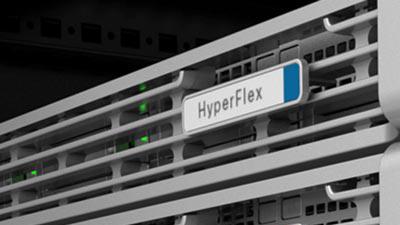
Software Partnerships
HyperFlex is now tied more tightly to Intersight, Cisco's cloud-based management platform, as well as its Cloud Center multi-cloud management suite. The latest system also tightens integration with software like Turbonomics' automation and management, as well as Veeam for backup, disaster recovery and data management.
"The tighter integration with Cloud Center, Turbonomics and AppDynamics gives Cisco’s customers a more holistic HCI offering," said Brent Collins, global practice director for data center infrastructure at Cisco partner World Wide Technology.
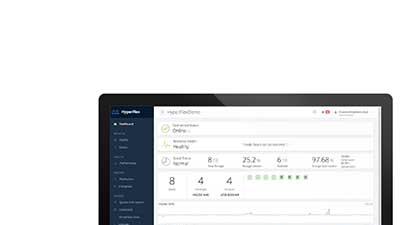
Contain Yourself
Cisco included what it calls a containers volume driver in the HyperFlex enhancements, which is a suite of data platform enhancements including a FlexVolume driver to enable persistent volumes of Kubernetes managed containers to enable development and deployment of cloud-native applications on HyperFlex.